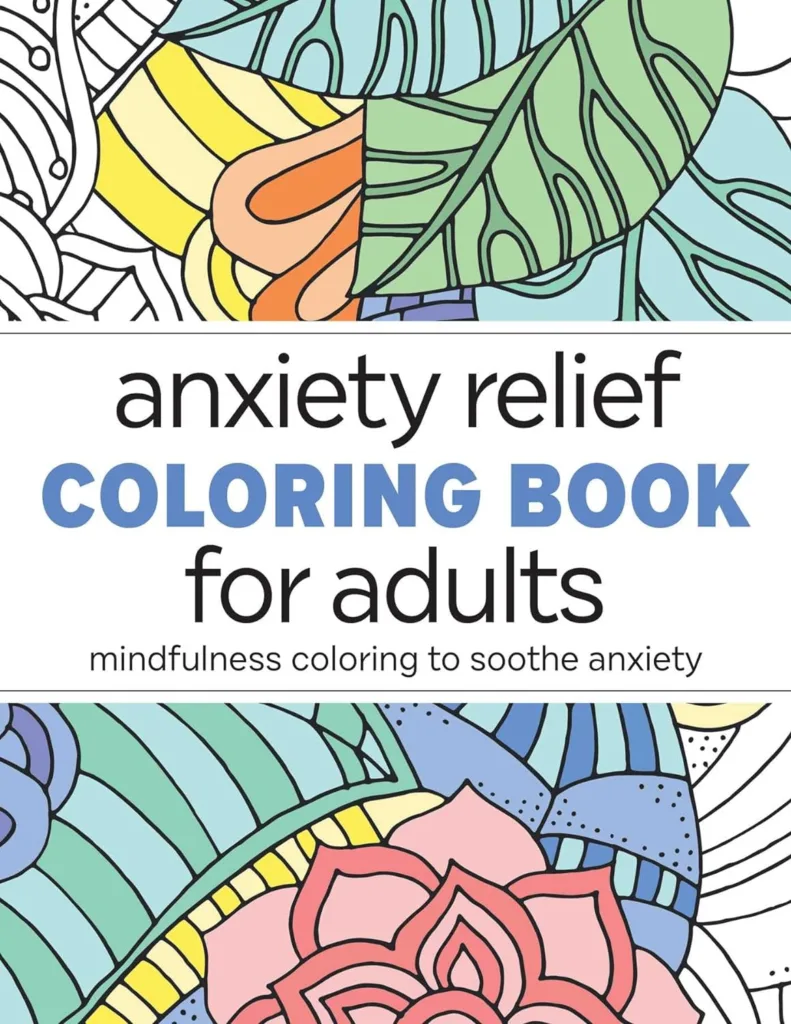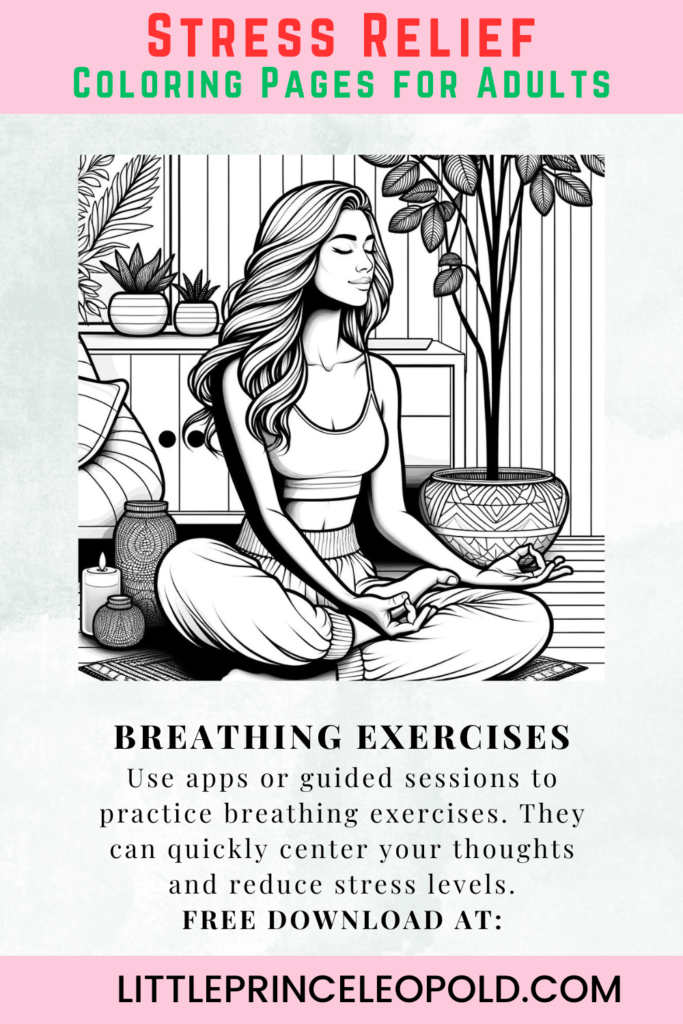The Power of Breath: Effective Breathing Exercises for Stress Relief
In the hustle of daily life, where moments blend into one another and the noise never seems to stop, finding a method to ground yourself and regain calm can be a lifesaver. As a mother, I’ve learned the importance of taking a pause, a deep breath, and giving myself space to reset. Breathing exercises have become my quick, reliable method to dissipate stress, manage anger, and bring about a sense of calm. Let’s explore how simple breathing techniques can be an essential part of your stress management toolkit, just as helpful as engaging in stress relief coloring pages for adults.
Understanding the Science of Breathing

Breathing exercises are more than just taking deep breaths; they are a way to consciously influence our nervous system, which controls the body’s response to stress. By altering how we breathe, we can directly affect our heart rate, blood pressure, and stress hormone levels, promoting a state of calm and relaxation.
Benefits of Breathing Exercises
- Reduce Stress: Slow, deep breathing decreases the production of ‘stress hormones’ like cortisol, helping to reduce overall stress levels.
- Enhance Grounding: Focused breathing can help center your thoughts and make you feel more physically connected to the environment, providing a grounding effect.
- Control Anger: Breathing techniques can cool down immediate emotional reactions and provide the space needed to handle situations more thoughtfully.
Breathing Exercises for Anger and Grounding
Incorporating specific breathing exercises into your daily routine can be transformative, especially when dealing with high-stress situations or sudden bouts of anger. Here are a few techniques to start with:
1. The 4-7-8 Breathing Technique
This technique involves breathing in for four seconds, holding the breath for seven seconds, and exhaling for eight seconds. This not only helps in reducing anxiety but also aids in controlling anger impulses by focusing the mind on breath counting.
2. Diaphragmatic Breathing
Also known as belly breathing, this involves deep breaths that engage the diaphragm, allowing the lungs to expand and the belly to rise and fall. It is especially useful for achieving a deep state of relaxation and grounding.
3. Alternate Nostril Breathing
This yoga breathing technique involves holding one nostril closed while breathing through the other. Alternate nostril breathing helps balance the body and is perfect for calming the mind and restoring equilibrium after emotional stress.

Combining Breathing Exercises with Other Relaxation Techniques
To maximize the benefits of breathing exercises, you can combine them with other stress-relieving activities:
Pair with Coloring
After a session of breathing exercises, transition to coloring stress relief pages for adults. The combination of controlled breathing and the meditative act of coloring can enhance the relaxation experience, making it more profound and lasting.
Integrate into Your Daily Routine
Set aside specific times during the day for your breathing exercises, possibly in the morning to start your day grounded or in the evening to wind down. Consistency will amplify the benefits and help you manage stress more effectively.
Breathe Your Way to Peace
Breathing exercises are a powerful, accessible way to manage stress, control anger, and achieve a sense of grounding. By dedicating just a few minutes a day to practice these techniques, you can significantly improve your mental clarity and emotional resilience. Pair these practices with stress relief coloring pages for adults to create a comprehensive approach to managing stress and enhancing well-being.

